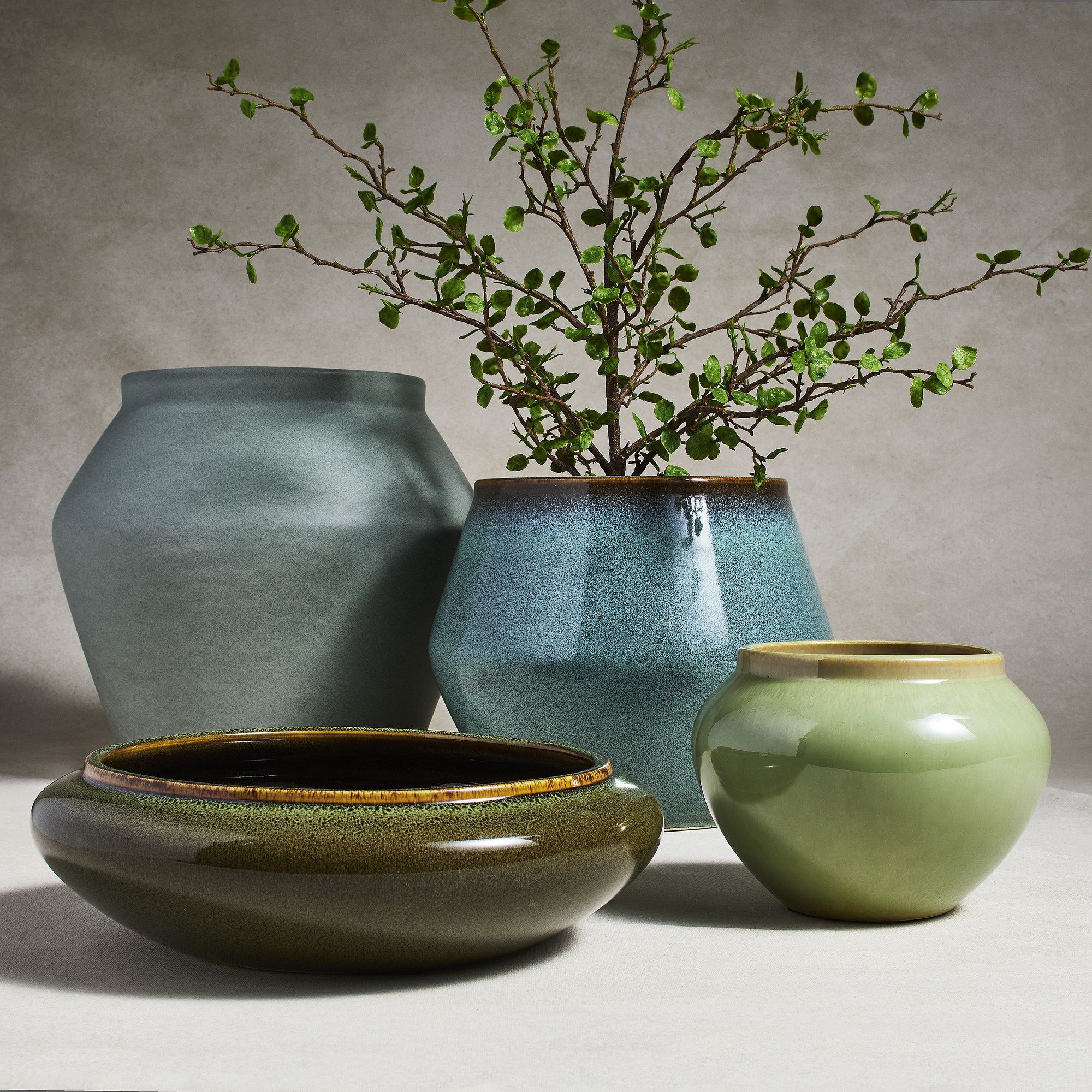12 plants never to put in terracotta pots – and why these containers could damage them
Terracotta pots are not suitable for moisture-loving, humidity-dependent, or tropical plants. Experts explain why and recommend alternatives
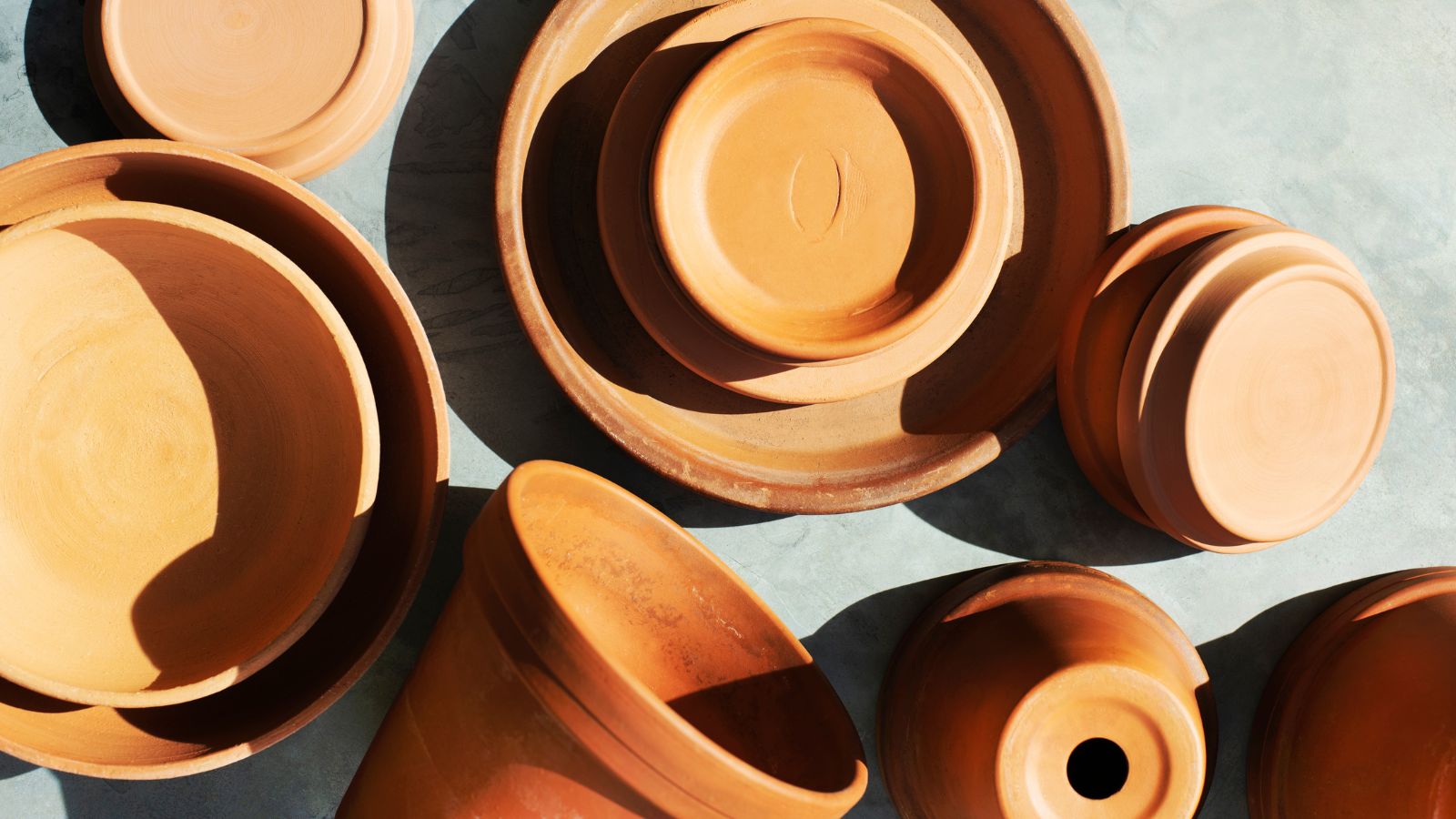

Choosing the right pot is essential for providing your plants with the best growing conditions. Terracotta pots, often a gardener's go-to, have a porous, breathable, alkaline material that promotes drainage and can influence the soil pH. However, the same qualities that make terracotta ideal for some plants can be problematic for others.
Terracotta will draw moisture from the soil, drying out the roots and creating inconsistent moisture levels; the pH of the pot can impact the potting mix, leading to symptoms such as wilting, leaf drop, poor growth, and compromised blooming.
So, before planting your best outdoor or indoor plants in terracotta pots, be sure they are well-suited to the container's natural properties. We’ve listed the types of plants that shouldn’t be planted in terracotta pots, and, for these plants, we’ve shared some alternatives that will ensure they receive the optimal conditions they need to grow and flourish.
1. Moisture-loving plants
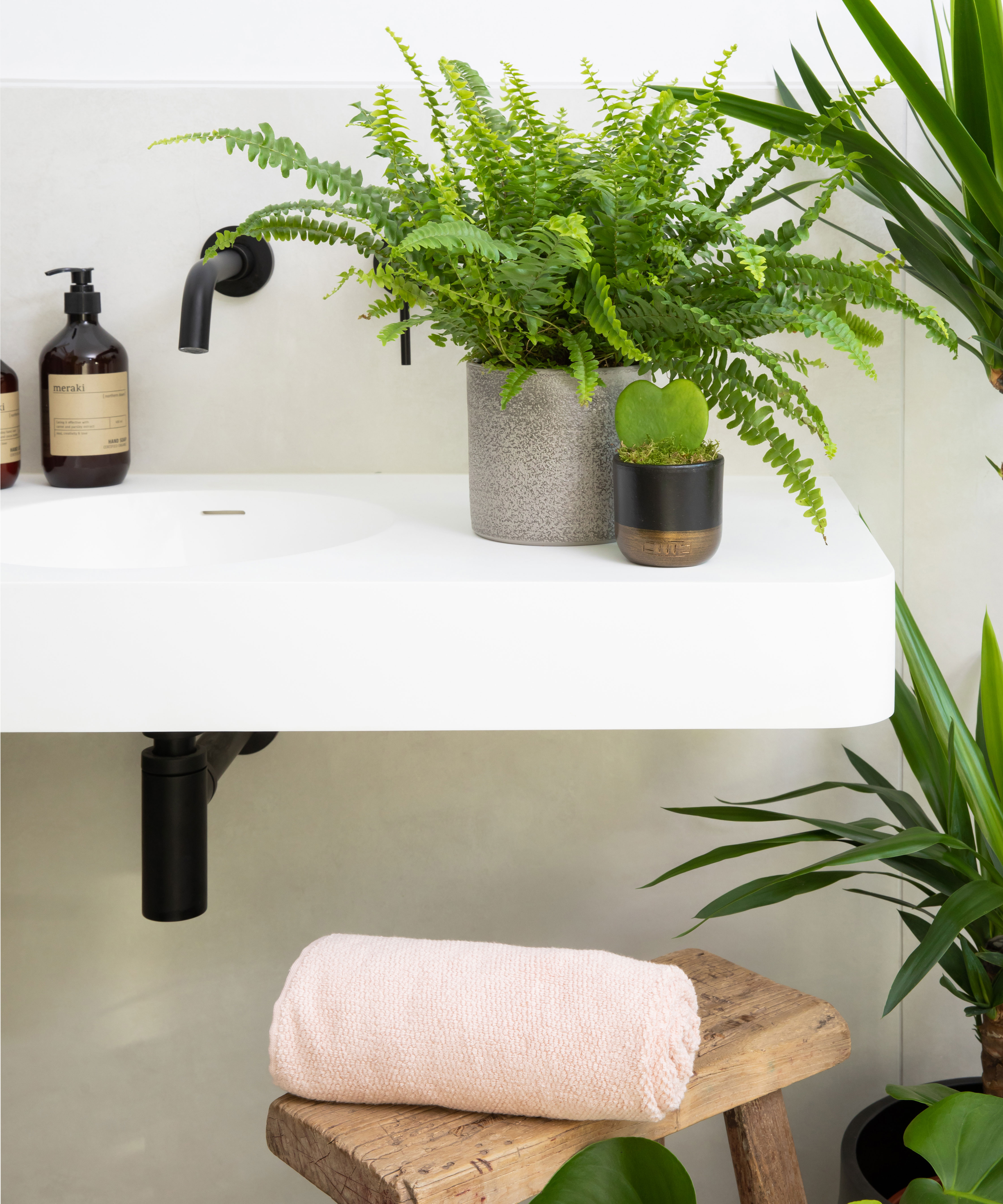
‘Plants that thrive in consistently moist conditions often struggle in terracotta pots because the material allows moisture to escape quickly, leading to dry soil,’ explains John Haryasz, designer at Privacy Shrubs. ‘In many, these factors may cause water loving plant varieties to dry and stress.’
Ferns: Wondering why your fern is turning brown? If it's growing in a terracotta pot, this may be the cause. Ferns, including varieties like Boston and Maidenhair, need high humidity and constantly moist soil. However, the porous nature of terracotta causes the soil to dry out quickly, leading to wilting and poor growth.
Peace lilies: If you know anything about peace lily care, you'll know they require moist, well-drained soil, however, terracotta’s ability to wick away moisture means the soil will dry out faster so the peace lilies will need to be watered more frequently. This can lead to the leaves of your peace lily browning and reduced blooming. So, if your plant is currently growing in a terracotta pot, the first step should be repotting your peace lily in a planter that retains moisture.
African Violets: These plants thrive in consistently moist soil, which is crucial for their health and blooming, and they can suffer from stress and root issues if the soil dries out too quickly.
Switching to a glazed ceramic or plastic pot will help to retain moisture for longer periods, reducing the need for frequent watering and keeping your plants healthier and more hydrated.
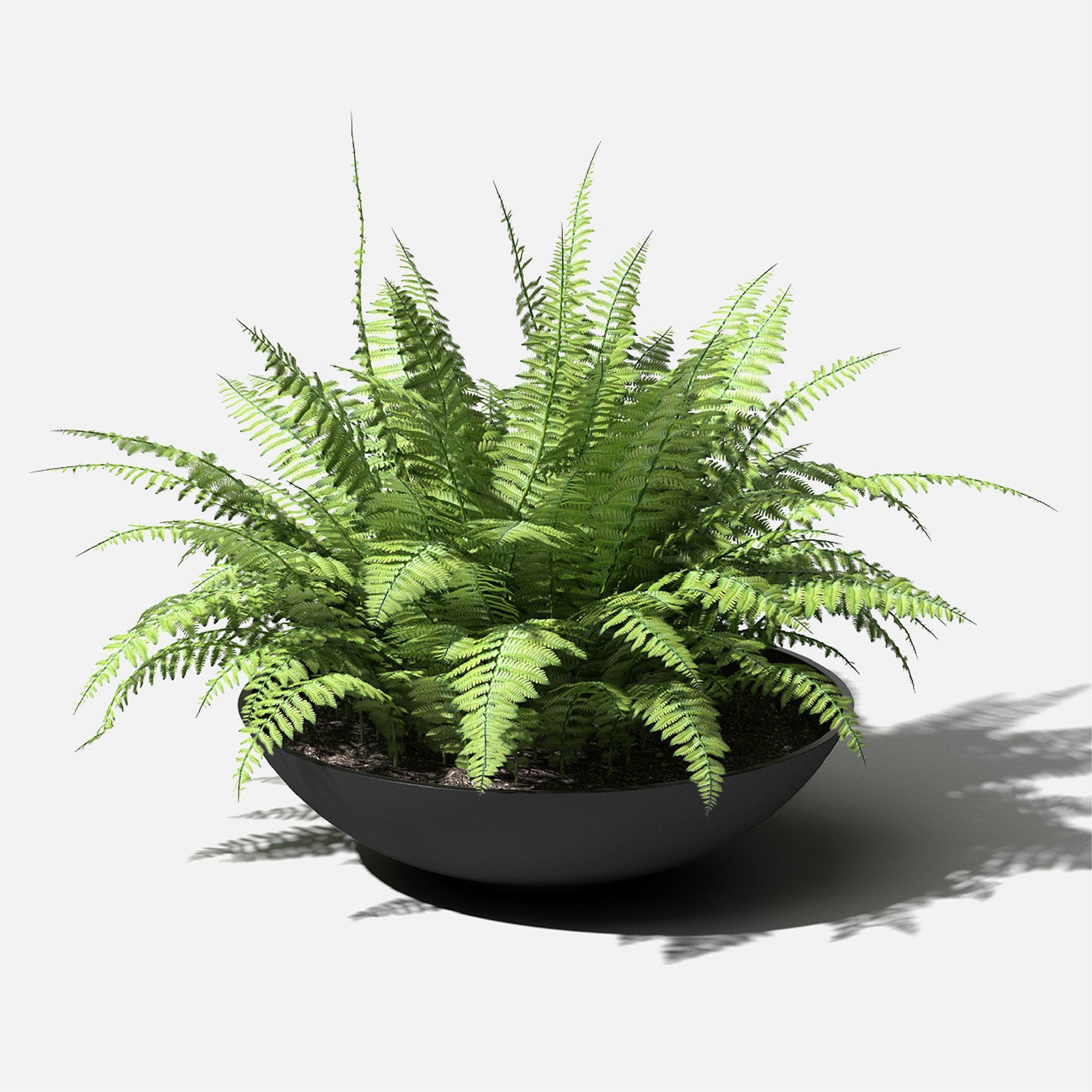
$99 - $149
The non-porous material of this plastic planter reduces the need for frequent watering by preventing the soil from drying out too quickly.
2. Plants requiring high humidity
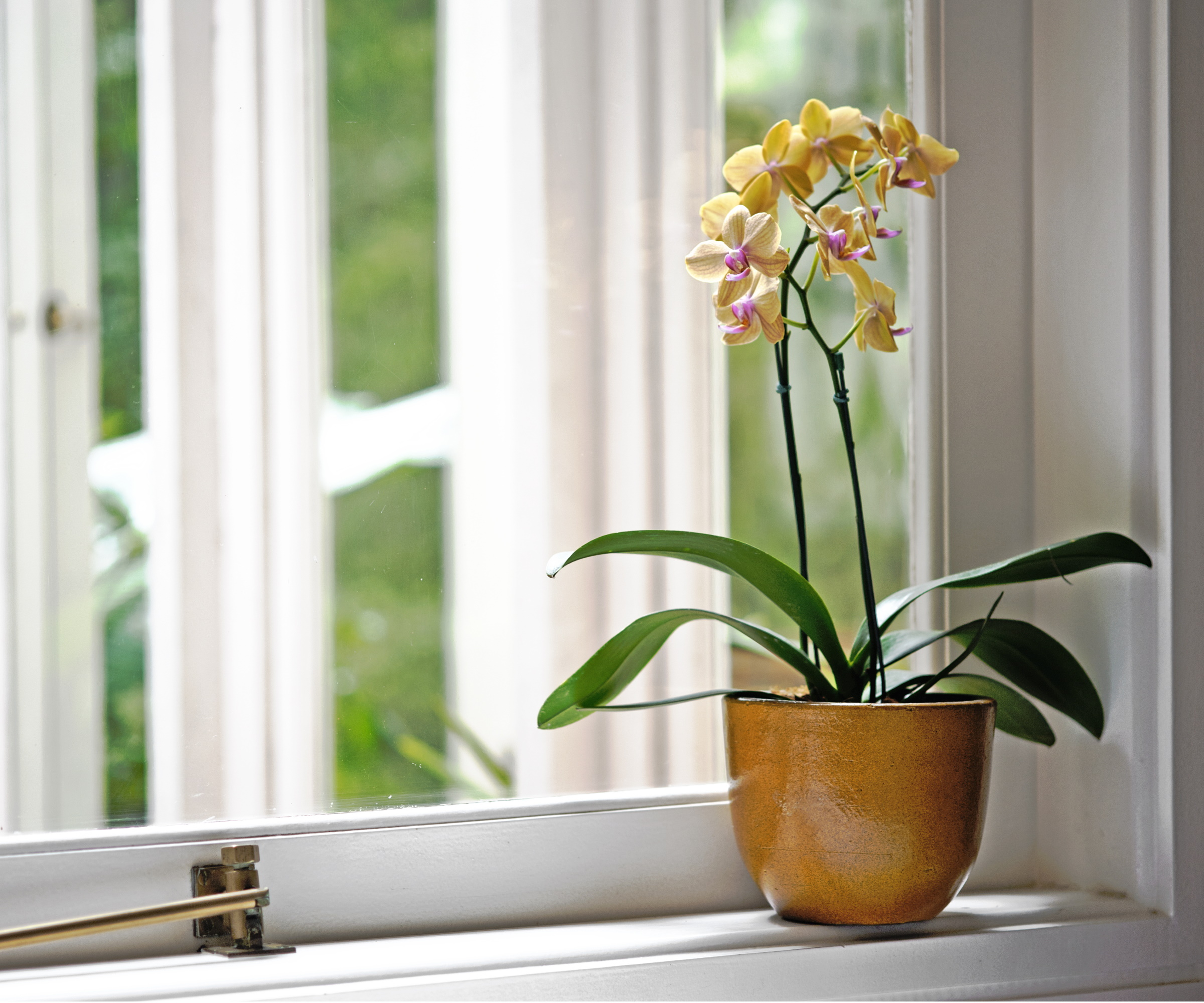
Plants that benefit from high humidity around their roots may struggle in terracotta pots due to the material’s moisture-wicking properties.
Orchids: Orchid care is easy if you get the watering right. According to Matthew Wilson, professional gardener at Handy Gardeners, ‘Moisture evaporation from the sides of the pot can leave the soil bone dry, especially when the climate warms up. This results in a soil condition that is persistently too dry for orchids, which thrive in consistently moist conditions.’ You can find out how to water orchids correctly in our separate guide.
Bromeliads: These plants, which naturally grow in humid rainforests, require high humidity to thrive. Since terracotta pots are air-permeable, it can be challenging to maintain the steady moisture levels and humidity that bromeliads need, potentially causing stress and affecting their growth. Our bromeliad care guide will give you more growing tips.
Calatheas: Among the most common calathea mistakes is planting it in a terracotta. Famous for its striking, patterned leaves, this tropical plant requires high humidity and consistent moisture. Terracotta's ability to wick away moisture can cause calatheas to develop dry leaf edges and cause the leaves to curl. Our calathea care guide will tell you everything you need to know.
Plastic or fiberglass pots are excellent alternatives as they retain moisture more evenly, providing the consistent humidity these plants need to thrive. Incorporating a humidity tray, such as Amazon's best-seller, or using humidifier, such as this Govee smart humidifier from Amazon, can help maintain the ideal humidity level for these plants to thrive.

As CEO of handygardeners.com, Matthew has years of experience in creating sustainable and beautiful gardens.
3. Blooming plants with specific pH needs
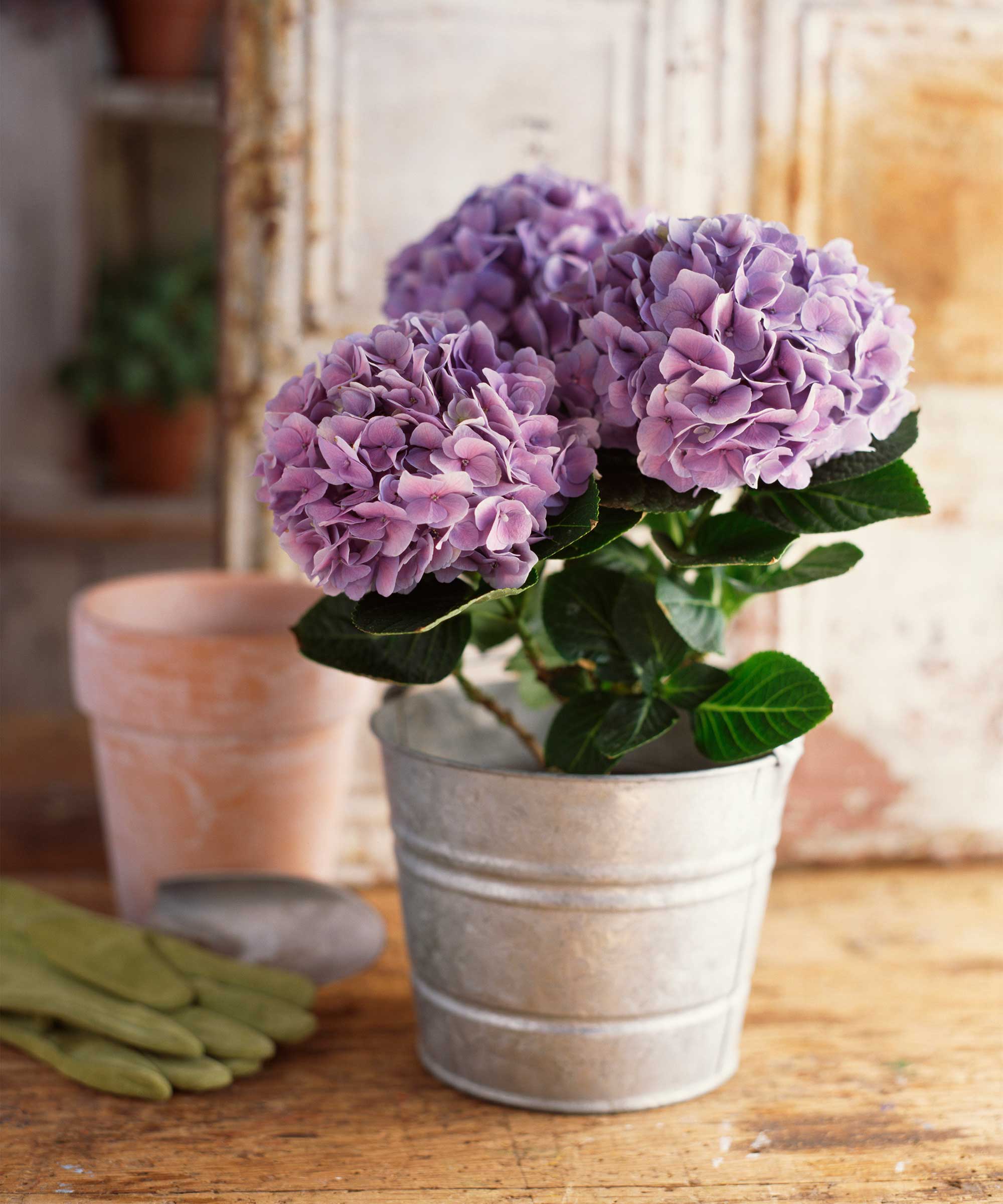
Certain blooming plants have specific pH requirements that can be influenced by the potting material. ‘The pH of terracotta can impact plants by making the soil more alkaline over time, as minerals like lime can leach from the pot, affecting plants that prefer acidic or neutral soil,’ explains Joe Dogherty, owner of D&G Landscaping. 'This shift in pH can inhibit nutrient absorption, leading to poor growth or nutrient deficiencies.'
Blue hydrangeas: ‘The color of hydrangea blooms can be affected by soil pH, with more acidic soils producing blue flowers and alkaline soils producing pink,’ says Marco Picano, co-owner of Picano Landscaping. ’So if you want blue blooms on your hydrangea plant, never plant them in terracotta pots. The alkaline nature of terracotta can shift the soil pH, potentially causing your hydrangea to produce pink flowers instead.' You can find out more about how to grow hydrangeas in our complete guide.
Azaleas and hibiscus: These plants require acidic soil to thrive and produce vibrant blooms. ‘The porous nature of terracotta can affect soil pH balance, making it more alkaline, and in terracotta, their blooms may fade from vibrant red to pale pink,’ explains Joe.
‘For these acid-loving plants, plastic or glazed pots maintain optimal pH balance for healthy growth and vivid blooms.'
5. Plants with sensitive root systems
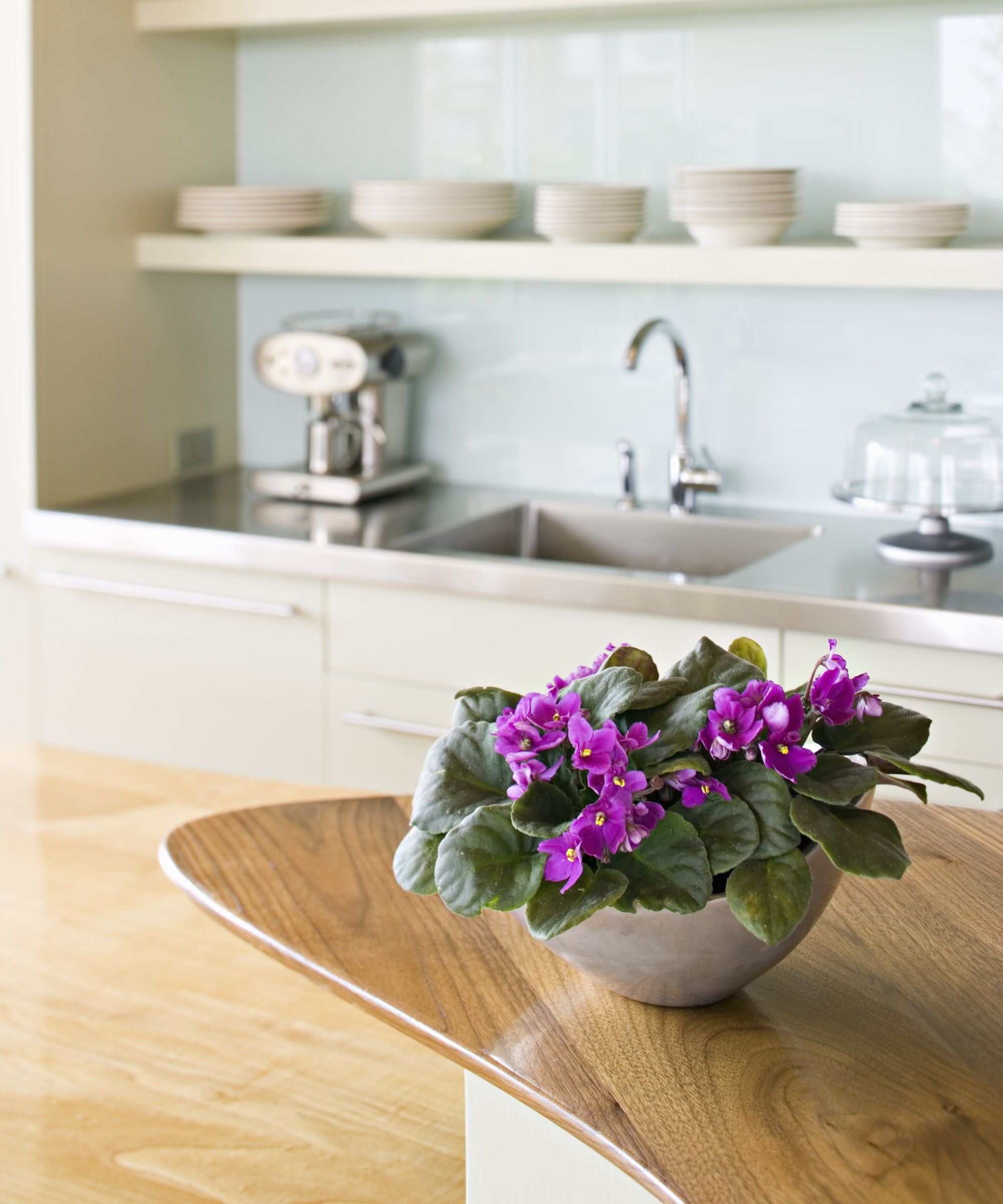
Plants with delicate root systems are particularly sensitive to fluctuations in soil moisture, and susceptible to damage from dry conditions and pH imbalances caused by terracotta pots.
Begonias: Begonias with delicate roots are particularly affected by soil moisture fluctuations, since the drying effect of terracotta pots can lead to stress and stunted growth. When growing begonias in pots, it’s important they can maintain consistently moist soil.
Instead, they like moist soil best when kept in glazed ceramic or plastic, which retain far more moisture and require much less watering.
5. Tropical plants

Tropical plants are adapted to humid environments and stable soil moisture, and as a result, may suffer in terracotta pots.
Birds of Paradise: Bird of paradise plants need consistent moisture and high humidity. The porous nature of terracotta pots allows water to evaporate quickly, which can lead to soil drying out faster than the plant can tolerate and reduced humidity. This can disrupt the plant’s hydration balance, which may lead to stress and reduced growth.
Philodendrons: These plants prefer moist soil and can struggle when the soil dries out too quickly in terracotta pots. If your philodendron is turning yellow, exhibiting slowed growth and leaf drop, this is likely a sign that the plant is not receiving enough water or is experiencing fluctuations in soil moisture.
Instead, plant these in pots made from materials that retain moisture more effectively, such as plastic or glazed ceramic. We also recommend using a well-draining potting mix that retains moisture but allows excess water to drain away.
FAQs
How do you choose the right pot for a plant?
When selecting a container for a plant, always bear in mind the natural environment of the plant to be housed in the container. This will help you find the pot that best mimics the conditions the plant needs to thrive. For example, terracotta pots are ideal for drought-tolerant species like succulents, as their porous material allows for better airflow and quick moisture evaporation.
What are self watering pots?
Self-watering pots have a reservoir that provides a steady supply of water, reducing the need for frequent watering and helping to maintain the ideal soil moisture.
‘For gardeners who are pressed for time, self-watering pots are a good option as they provide constant moisture depending on the requirement which the plants suck in,' says Matthew Wilson, professional gardener at Handy Gardeners. 'They are quite useful for all types of plants that need to be consistently damp.’ We recommend these three self watering pots from Amazon.
While terracotta pots are great for well-drained plants, they are not suitable for moisture-loving, humidity-dependent, pH-sensitive, or tropical plants. Pots made from plastic and glazed ceramic materials, or self-watering planters can better retain moisture and maintain optimal conditions for growth and blooming.
Sign up to the Homes & Gardens newsletter
Design expertise in your inbox – from inspiring decorating ideas and beautiful celebrity homes to practical gardening advice and shopping round-ups.

Lola Houlton is a news writer for Homes & Gardens. She has been writing content for Future PLC for the past six years, in particular Homes & Gardens, Real Homes and GardeningEtc. She writes on a broad range of subjects, including practical household advice, recipe articles, and product reviews, working closely with experts in their fields to cover everything from heating to home organization through to house plants. Lola is a graduate, who completed her degree in Psychology at the University of Sussex. She has also spent some time working at the BBC.
-
 How to get rid of bean seed flies – a pest control expert reveals how to keep crops safe from these seed munchers
How to get rid of bean seed flies – a pest control expert reveals how to keep crops safe from these seed munchersAs their name implies, these insects primarily feed on bean crops
By Tenielle Jordison
-
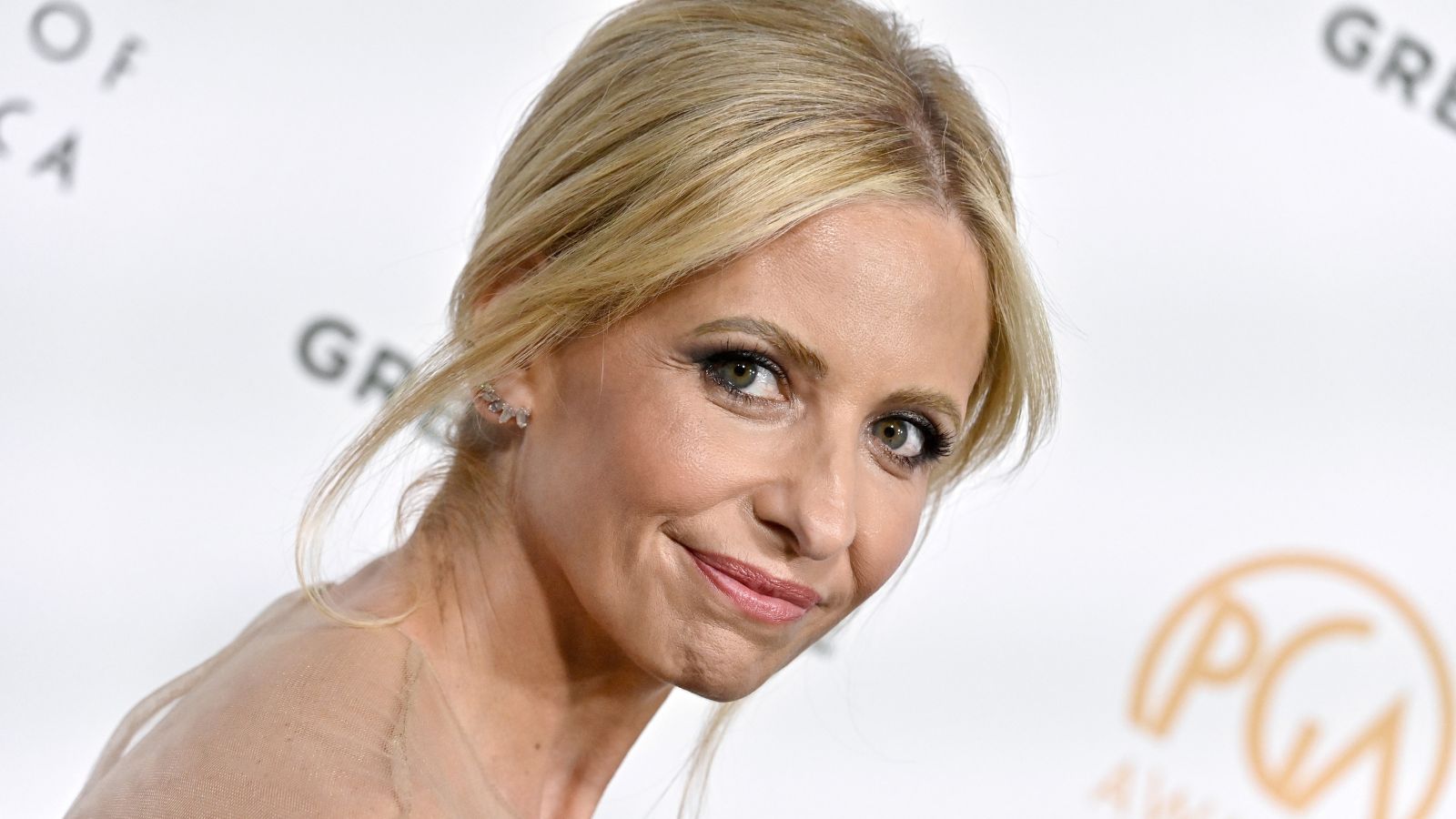 Sarah Michelle Gellar's kitchen cabinets are moody yet elevated – I've always used dark paint with caution, but they make bolder tones accessible
Sarah Michelle Gellar's kitchen cabinets are moody yet elevated – I've always used dark paint with caution, but they make bolder tones accessibleThe actress's black kitchen cabinets are bold yet palatable, proving that this dark shade is a trendy yet timeless color pick
By Hannah Ziegler
